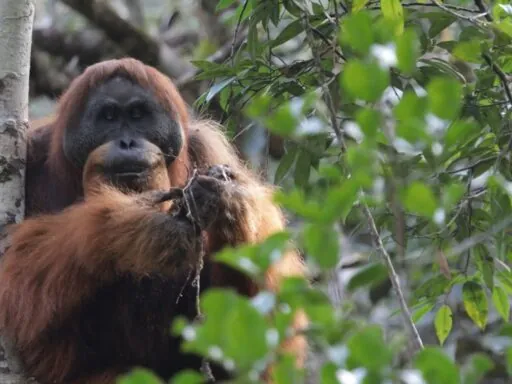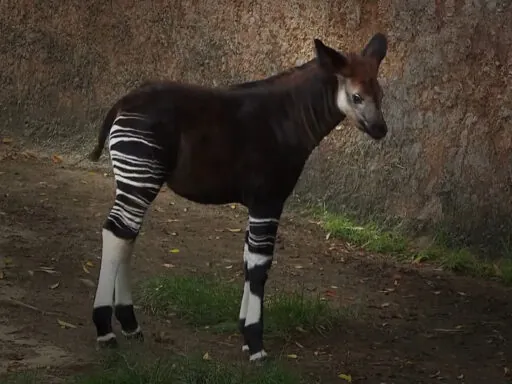Imagine trekking through some of the highest peaks on Earth, where the air is thin, and the landscape seems almost otherworldly. What if I told you that these remote and rugged places are home to some of the most fascinating creatures on the planet? From the elusive Snow Leopard to the majestic Yak, these mountain animals have evolved to not just survive, but thrive in extreme conditions that would challenge even the hardiest adventurers. Curious to know who tops the list? Let’s explore the top 10 mountain animals that rule the heights.
1. Snow Leopard
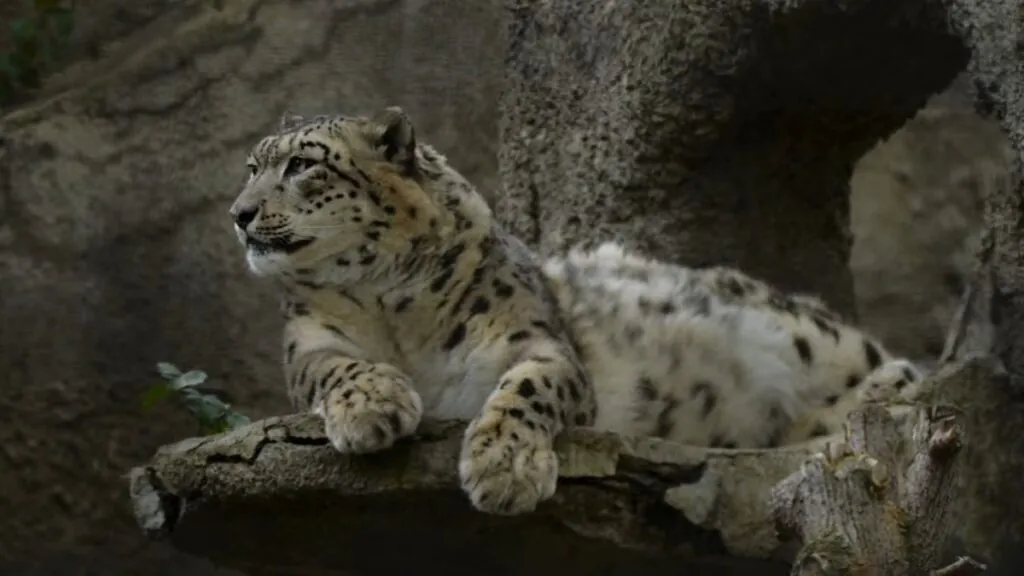
The snow leopard, often referred to as the “ghost of the mountains,” is a magnificent predator perfectly adapted to the harsh, high-altitude environments of Central Asia. Found at elevations ranging from 2,700 to 6,000 meters, this elusive cat thrives in rugged terrains across 12 countries, including Nepal, Mongolia, and parts of China. With its thick, camouflaged fur and large, fur-covered paws, the snow leopard can effortlessly navigate snowy, icy landscapes.
Astoundingly, despite its size—ranging from 49 to 121 pounds—it is unable to roar, instead communicating with meows, growls, and hisses. Their population remains vulnerable, with estimates suggesting fewer than 6,400 remain in the wild, primarily due to habitat loss, poaching, and human-wildlife conflict.
2. Himalayan Tahr
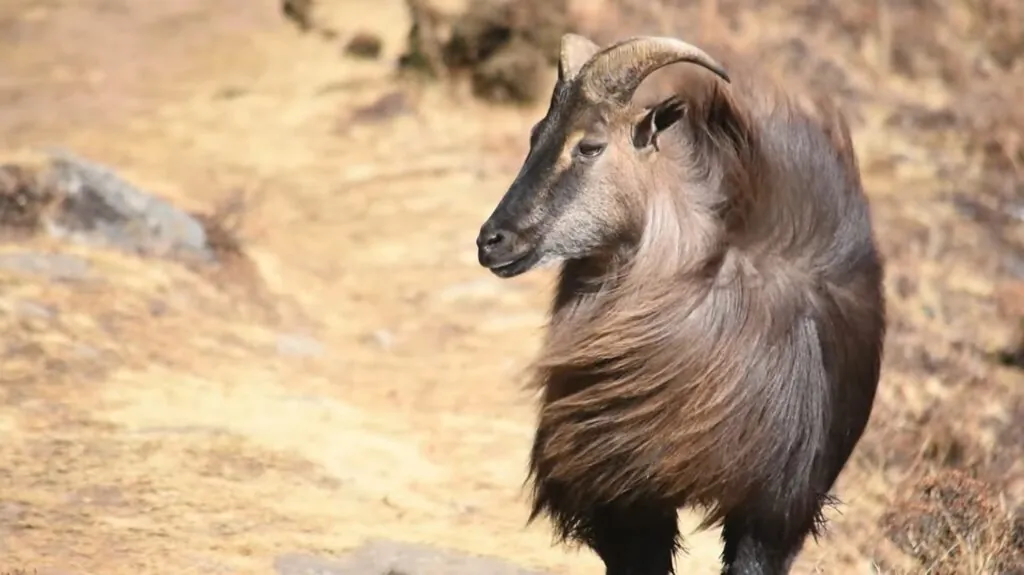
The Himalayan tahr, one of the splendid mountain animals, is a robust, goat-like animal well-adapted to life in mountainous regions, thriving at elevations of 2,500 to 5,000 meters. Its hooves, equipped with a rubbery core and sharp rims, allow it to expertly navigate the rugged and often treacherous rocky slopes.
Males are particularly notable for their large, flowing manes, which provide warmth during cold winters. Weighing up to 161 pounds, Himalayan tahrs are herbivores, feeding primarily on grasses and shrubs. Though native to the Himalayas, they have been introduced to areas like New Zealand, where they are now considered an invasive species.
3. Lammergeier (Bearded Vulture)
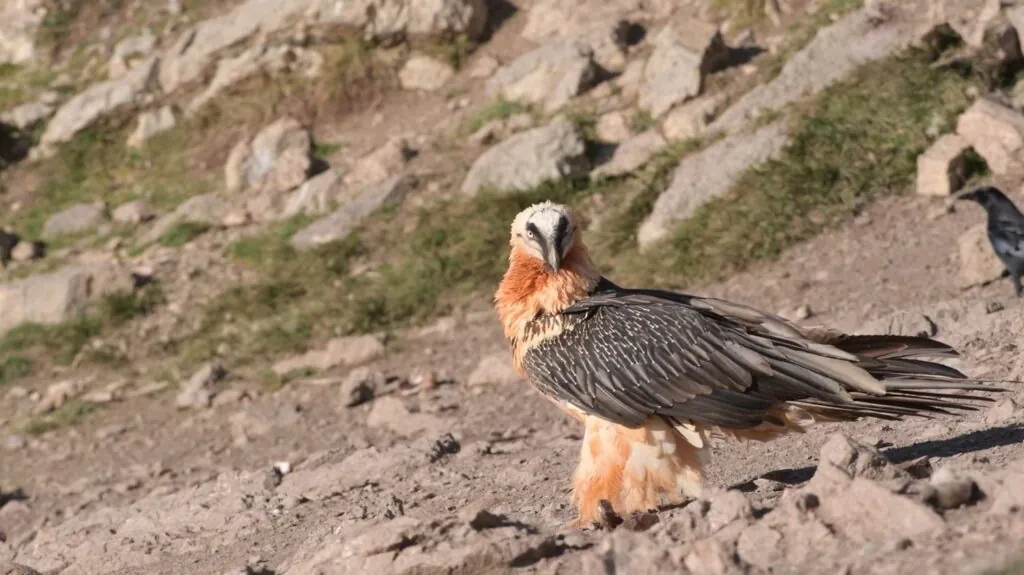
The Lammergeier, or Bearded Vulture, is one of the most unique birds of prey, renowned for its incredible ability to survive at altitudes up to 7,500 meters, making it one of the highest-flying birds in the world. Unlike most vultures, the Lammergeier feeds primarily on bones, with up to 90% of its diet consisting of bone marrow. It has the remarkable ability to drop large bones from great heights onto rocks to crack them open, allowing access to the rich marrow inside. Its stomach acid, which has a pH below 1, is potent enough to dissolve even large bones within 24 hours.
4. Tibetan Sand Fox
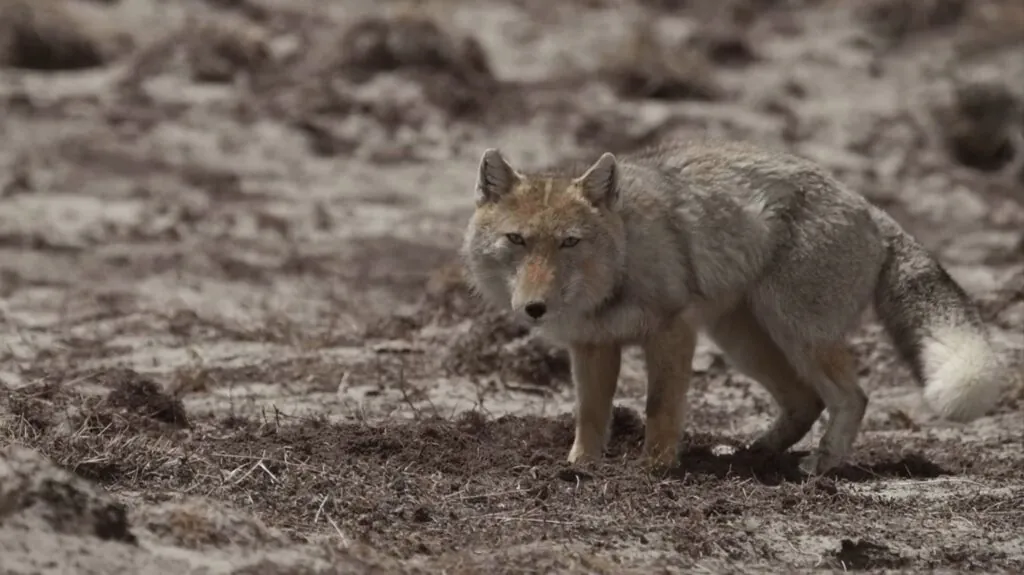
The Tibetan Sand Fox (Vulpes ferrilata) is an intriguing species native to the Tibetan Plateau, known for its distinctive square-shaped face and adaptations to high altitudes. Living at elevations between 3,500 and 5,200 meters (11,500-17,100 ft), this fox thrives in arid or semi-arid grasslands. Its main prey includes pikas, lizards, and small rodents, and it has even developed a symbiotic relationship with brown bears, cooperating in hunts—a unique behavior among foxes. Tibetan Sand Foxes are solitary hunters, but mated pairs often work together and raise their young in burrows with up to four entrances.
5. Himalayan Marmot
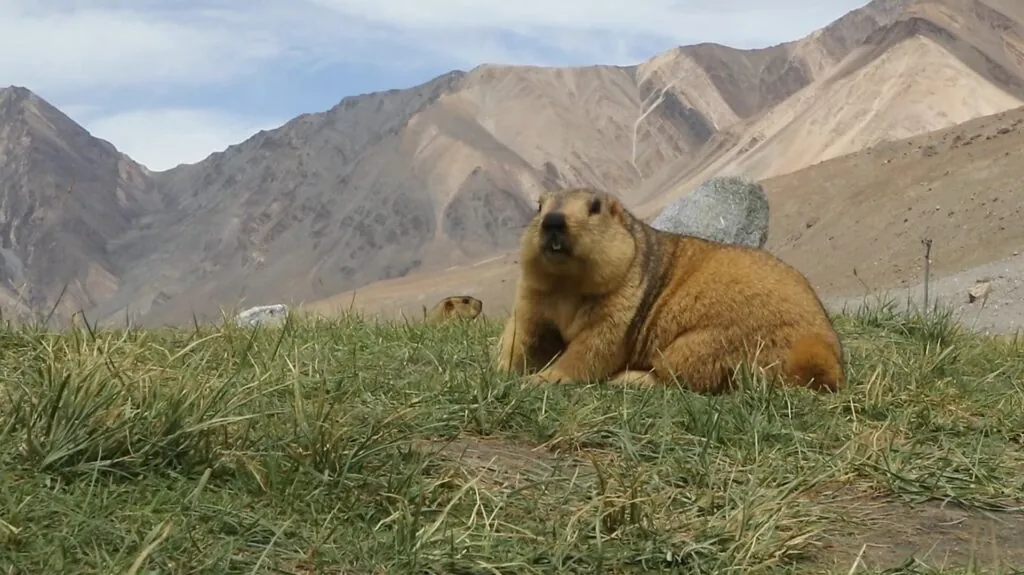
The Himalayan marmot thrives at altitudes up to 5,200 meters in the Himalayas, making it one of the highest-living mammals on Earth. Adapted to harsh, cold environments, it survives extreme conditions by hibernating for over six months each year in communal burrows, which can be as deep as 10 meters. Himalayan marmots, one of the magnificent Himalayan animals, live in colonies, where they communicate using whistles and engage in “play fights.” A recent genetic study revealed unique adaptations to high-altitude life, such as genes protecting against hypoxia, low oxygen levels.
6. Kiang (Tibetan Wild Ass)
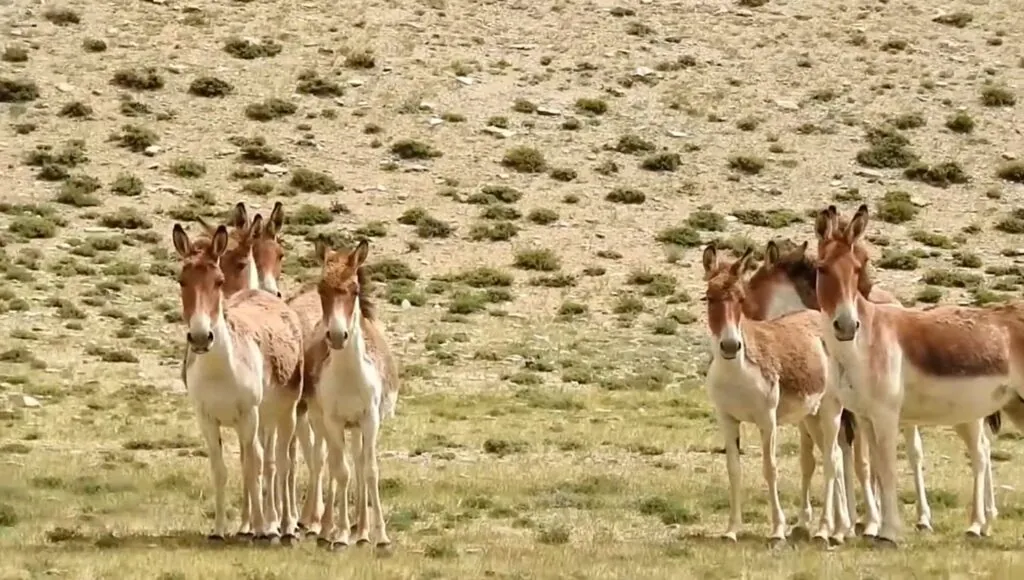
The Kiang, or Tibetan wild ass, thrives in the extreme high-altitude environments of the Tibetan Plateau, reaching elevations up to 5,400 meters (17,716 feet). Known for its distinctive reddish-brown coat and white underbelly, the Kiang is the largest wild ass, weighing up to 400 kg (880 pounds). It lives in cohesive herds, often led by an elder female, traveling long distances in search of sparse vegetation. Despite the harsh conditions, these animals exhibit remarkable endurance, with herds sometimes numbering in the hundreds. Kiangs are well-adapted, surviving on grasses, sedges, and low shrubs.
7. Chiru (Tibetan Antelope)
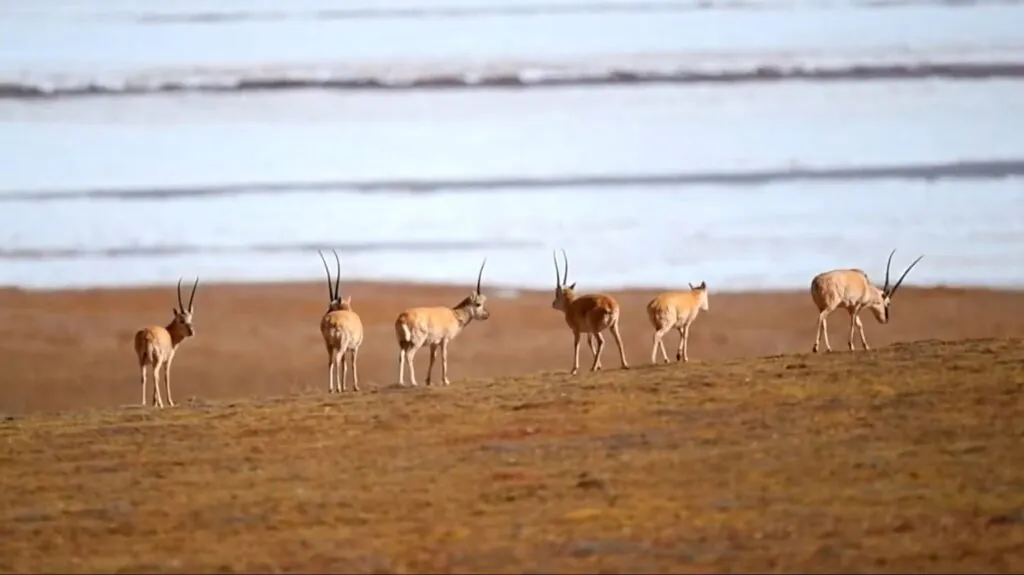
The Chiru (Tibetan Antelope) is an impressive high-altitude species, inhabiting the cold, arid steppes and semi-deserts of the Tibetan Plateau at elevations ranging from 3,250 to 5,500 meters. This species is well-adapted to extreme weather conditions, producing fine wool called shahtoosh that is highly sought after in the fashion industry. Historically, poaching for this wool significantly reduced the Chiru population from over a million to just 70,000. Regardless of conservation efforts that have since helped increase numbers to over 120,000, the Chiru remains endangered, facing ongoing threats from habitat fragmentation and competition with livestock.
8. Yak
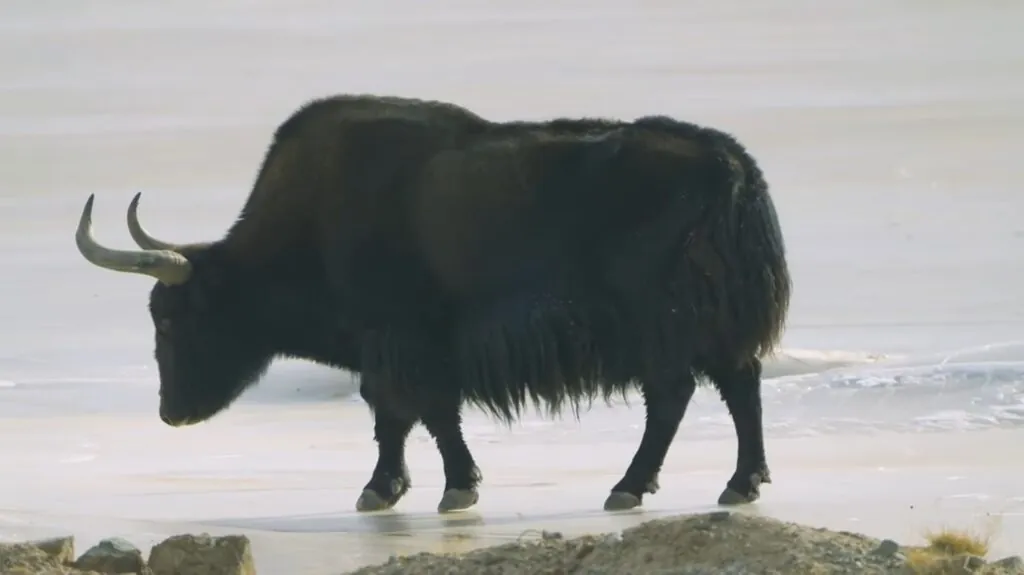
Yaks, domesticated over 7,000 years ago, are adapted to life at high altitudes, such as the Tibetan Plateau, where they live at elevations up to 5,500 meters. Their dense coats consist of a long outer layer and a soft undercoat, insulating them from extreme cold, sometimes as low as -40°C. With their compact bodies and large hearts and lungs, yaks thrive in low-oxygen environments. They are not only essential for transport but also provide milk, meat, and fiber to local communities, making them integral to survival in harsh mountain climates
9. Mountain Goat
Mountain goats are highly adapted for life in some of the most challenging terrains, often found at altitudes up to 13,000 feet in North America. In spite of their name, mountain goats are not true goats but belong to the Bovidae family, more closely related to antelopes. Their incredible climbing abilities are due to specialized hooves that have a rubbery pad in the center, acting like suction cups to grip rocky surfaces.
These animals can ascend nearly vertical slopes of up to 60 degrees, allowing them to evade predators and find food in hard-to-reach areas. Their thick coats, made of hollow hair, provide insulation during cold winters at high altitudes, while their enlarged lungs and high red blood cell counts help them thrive in oxygen-poor environments.
10. Brown Bear (Ursus arctos)
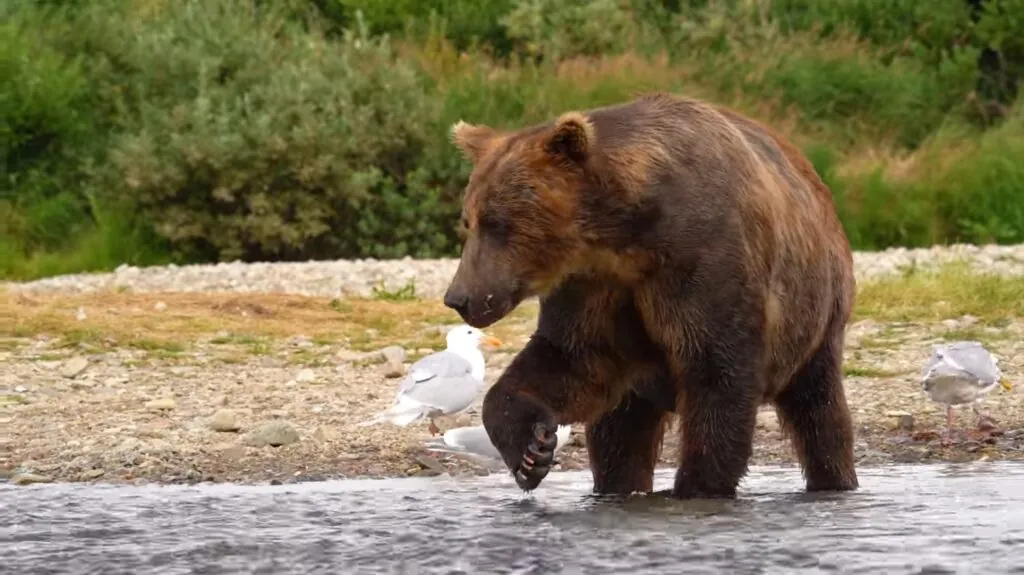
Last but not the least on this mountain animals list is the Brown Bear (Ursus arctos) – a highly adaptable and widespread species found across Eurasia and North America. While it’s known for its formidable size and strength, with some individuals weighing over 1,000 pounds, the brown bear is surprisingly omnivorous. In the face of being classified as a carnivore, up to 90% of its diet consists of plant material like berries, roots, and nuts.
Brown bears inhabit various environments, from forests to mountainous regions, at altitudes up to 5,000 meters. These versatile creatures also display a remarkable ability to dig extensive dens, where they hibernate during the harsh winters. Another fascinating aspect of brown bears is their brain size relative to their body. This large brain allows for complex behaviors, such as tool use, which is unusual for land carnivores. Brown
In this piece of construct, the top 10 mountain animals were ranked based on three key criteria: altitude range, size, and appearance. Altitude range was prioritized to showcase animals that thrive at the highest elevations, enduring thin air and extreme temperatures. Size and appearance were considered to emphasize the physical traits that allow these creatures to navigate rugged terrains, whether through sheer strength, like the Yak and Brown Bear, or through agility, like the Mountain Goat and Snow Leopard.
